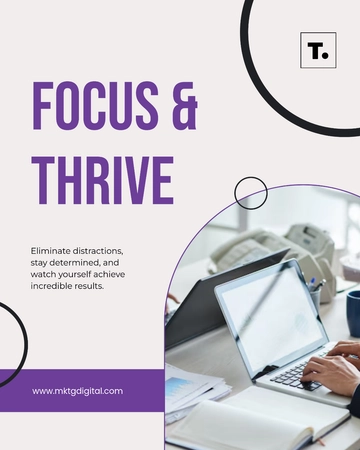Social Ethnography
Prepared By: [YOUR NAME]
Date: [DATE]
I. Introduction
The purpose of this social ethnography is to explore the daily commuting experiences of urban residents in the Downtown Metropolis. This study aims to understand the social interactions, challenges, and coping mechanisms employed by commuters. By examining these elements, we can gain insights into how commuting affects social life and urban dynamics.
II. Literature Review
Previous studies have explored urban commuting patterns and their impact on individuals' social lives. Research by Smith (2051) highlights the stress associated with daily commutes, while Jones (2052) examines the role of public transportation in fostering social interactions. This ethnography builds on these findings by providing a contemporary perspective on commuting experiences in a rapidly growing urban environment.
III. Methodology
A. Research Methods
Participant Observation: Researchers spent three months observing commuters during peak hours on various public transport systems, including buses, subways, and trains.
B. Data Collection
C. Data Analysis
IV. Findings
A. Commuting Challenges
B. Social Interactions
C. Coping Mechanisms
Personal Strategies: Commuters used various personal strategies to cope with stress, such as listening to music, reading, or engaging in mindfulness practices.
V. Discussion
The findings reveal that commuting in Downtown Metropolis is both a stressful and socially complex experience. While commuters face significant challenges, such as stress and time management issues, they also engage in various coping strategies and form social connections. These insights align with existing research on urban commuting while highlighting unique aspects of the modern commuting experience.
VI. Conclusion
This ethnography provides a nuanced understanding of the daily lives of urban commuters in Downtown Metropolis. The study highlights both the difficulties and social opportunities associated with commuting. Future research could further explore the impact of technological advancements on commuting experiences and the effectiveness of different coping strategies.
VII. References






























